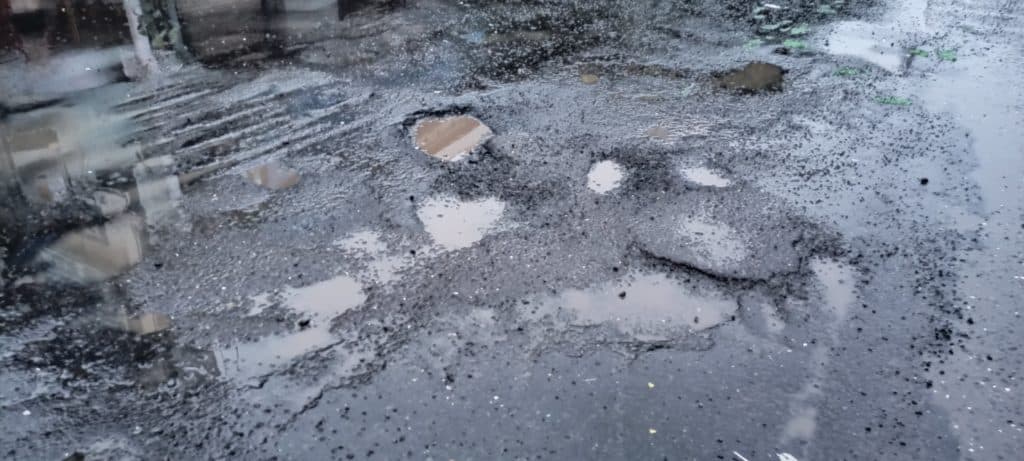Every season brings its own positives and challenges for Aapli Mumbai. Monsoon is over and we are now grappling with the onset of winter and air pollution. Whatever the season and its challenges, it is important to look at the systemic issues and keep the focus on solutions. Only the collective will and efforts of the people and the administration can make the city more liveable.
With that thought, Citizen Matters had organised an Essay Competition – Mumbai Monsoon Masterminds, calling for opinions from residents of Mumbai to share their experiences about monsoons and offer unique solutions.
In the following prize winning entries, Mumbai residents have highlighted what they and the government can do, individually and collectively, to manage monsoons better. We have published the essays that won the first prize and second prize. Today we publish the last essay, that won a special mention from the jury.
Flood of emotions with monsoons
Anticipation. Excitement. First drizzle. Incessant rains. Potholes. These are some of the terms a Mumbaikar associates with the yearly monsoon season. What begins as an anticipation of joy and relief from the scorching summers for citizens slowly takes the shape of significant inconveniences they face.
There is not a single year when the city of dreams has had an accident-free monsoon without inconveniences and hazards. While the arrival of monsoons is met with eclectic enthusiasm in Mumbai, one must recognise its long-term challenges to the citizens.
Year after year, the Brihanmumbai Corporation (BMC) assures the citizens that Mumbai is equipped to deal with monsoon challenges. However, giving false assurances to citizens has become a habit among authorities. Be it the water-logging problems near the Andheri subway or the flooding of expressways and low-lying complexes, citizens are left to fend for themselves in trying situations.
Read more: In photos: Monsoon magic in Mumbai
Inadequate BMC efforts, innumerable challenges
While the BMC allocates funds to all 24 civic wards, deploys rescue personnel in flood-prone
areas, and installs de-pumping stations across the city, these measures are a case of ‘too little too late’ to avert the crisis. Areas such as the western suburbs always reel under the threat of severe waterlogging, leading to traffic jams and road blockades.
According to a report by McKinsey India, Mumbai faces the risk of submerging underwater by 2050. The primary reasons cited for this are environmental encroachments and developing projects in the city with long-term ecological consequences.
Moreover, accidents such as electrocution, trees falling on people, and railway track blockades indicate a weak infrastructure in addressing the impending risk from monsoons. People on social media have shared several life-threatening instances, and action is only taken after a tragic incident, often involving fatalities and injuries.

The city’s most pressing issue is the emergence of potholes, causing several road accidents. Despite assurances by BMC to fill potholes, there needs to be more action. Citizens of each civic ward should urge their respective additional municipal commissioners for quick action.
Waterlogging in low-lying societies is expected, with residents facing severe loss of personal belongings. Also, citizens have to face the inconvenience of vacating their premises overnight in case of old societies due to battering rainfall.
Additionally, felling trees before the monsoon does little to stop rain incidents. It can have long-term environmental consequences. Not to forget the breeding of mosquitoes due to stagnant water, which leads to the spread of diseases such as dengue and malaria.
Read more: Mumbai’s Monsoon 2023: Bountiful rains despite El Nino concerns
Collective action, committed BMC will work wonders
While measures such as the Mumbai Climate Action Plan aim to address this issue, they only look good on paper. Infrastructure development is essential for a city like Mumbai, with a rapidly growing population. However, citizens, BMC, and stakeholders should ensure that it does not impede Mumbai’s natural coastline.
It is essential that, as stakeholders and an active citizenry, we work actively to propose solutions to the authorities.
Environmental encroachments under the guise of development need to be addressed at a much broader level. The result of infrastructural work infringes on the city’s natural areas, preventing the rainwater from replenishing the groundwater levels. This further leads to sinking of land.

However, technological innovations indicate a positive light at the end of the tunnel. Recently, students at IIT Bombay have developed an app for citizens to flag flood-prone areas in the city. In this regard, support from the city corporation would go a long way to effectively deploy rescue personnel in flood-prone regions.
In the absence of local corporators, collective action demonstrated by citizen welfare groups is one of the most effective ways to address the problems. Instead of infrastructure projects that breach safety measures, investments in developing maintenance of drainage systems that replenish groundwater supplies must be a regular affair to avoid land sinking.
Installation of lift irrigation systems along with maintenance of canals in drainage systems can be a potential solution to prevent waterlogging in flood-prone areas. Additionally, planting trees in low-lying areas will also help mitigate the problem.
To overcome the water-logging issues of the city, the BMC should invest in technological innovations such as application development to raise emergency alarms and flag citizen concerns.
To conclude, a long-term collaborative effort between the local authorities, civil society groups, and citizens can help address problems effectively.